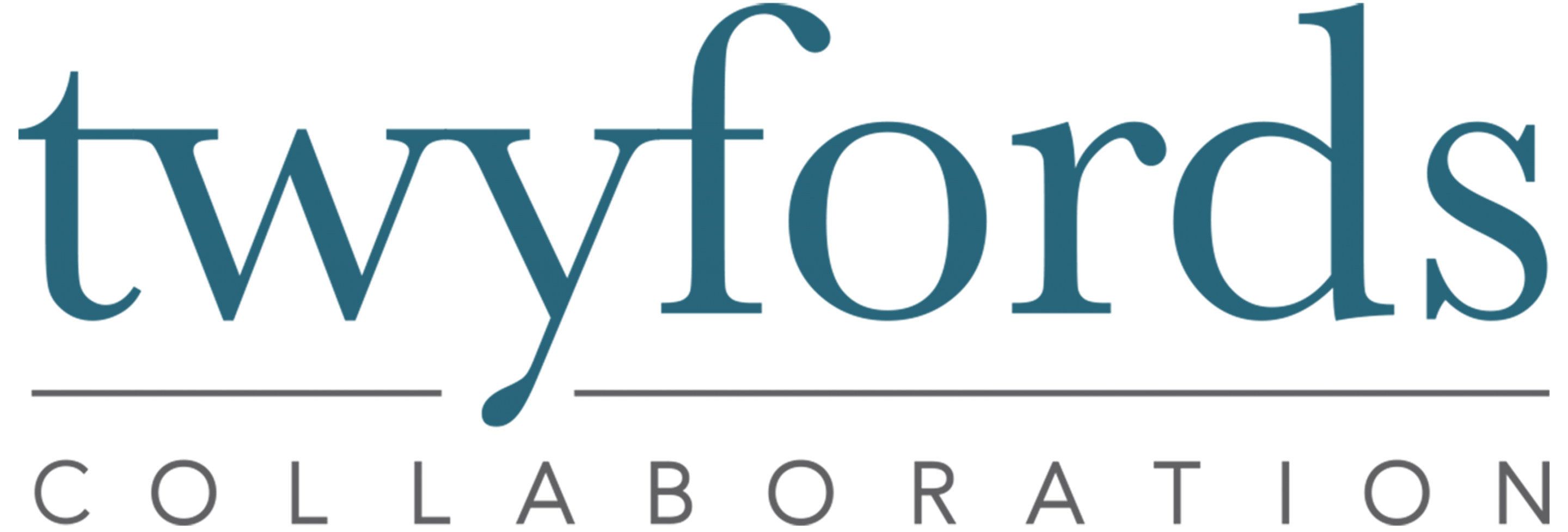I was working with a client late last year in an alliance meeting and the discussion turned briefly to the quality of the relationships. There had been a history of poor relationships between the client and an alliance partner which was affecting project delivery, and the group was reviewing a list of activities they had developed to get the project working effectively.
While a lot of the emphasis was on the business activities like road maintenance, asset renewal, etc, the team had also identified some other key contextual issues they felt needed attention if the goal of improved performance was to be achieved.
These include smooth communication, improved trust, good relationships and inclusive culture.
One of the senior managers asked some useful questions that got the group thinking- “what does good look like?” and “how would you measure good?” in regard to improving the relationship.
It highlighted a bit of a shortcoming in the work the team had done in generating the improvement plan- the list of actions that was intended to get the project back on track.
While they had a solid picture of what improved performance would look like around the technical aspects of the project (eg road maintenance), and also had some tangible indicators to evaluate process, they were lacking similar rigour for the contextual issues, which were recognised as essential to sustaining the technical improvements.
It prompted them to spend time in thinking through the answers to the two questions for each of the contextual issues.
For example: They shared their perspectives on what a ‘good’ relationship might look like/ feel like/ sound like, and came up with a picture or “light on the hill” to guide their activities.
It now supports them as they work together by guiding their behaviour as they can ask a question like “is what I’m doing helping move us towards that intent?”
And they also developed some indicators around that picture of success- subjective measures to evaluate whether they were making progress in the right direction. One they experimented with was “scoring” a relationship checklist monthly.
The team now see that it is essential to be clear on what success looks like for both their technical or content challenges, as well as their contextual or social challenges, to be confident that the solutions that emerge will be resilient and sustainable. Ie the value of that “Light on the Hill”
